Identify British trees with our free app
Get an A-Z guide of trees by downloading our free tree ID app for Android and iOS.
Download the appAll trees have clues and features that can help with identification. You just need to know what to look out for. This quick guide to tree identification will give you a few basic hints and tips.
The UK has at least fifty species of native trees and shrubs, and many more species of introduced non-native trees.
There are lots of features that give you clues to what species it is.
Get an A-Z guide of trees by downloading our free tree ID app for Android and iOS.
Download the appSome trees have a distinctive look that can be used to identify them, especially from a distance.
Compare a silver birch, with its narrow shape and light and airy crown, to the broadly spreading crown of an oak.
Overall shape is also useful when identifying conifers. The layers of horizontally spreading branches of a mature cedar of Lebanon contrast with the sparsely branched Scot’s pine or densely bushy yew.
Look for signs of management which can affect the shape. Trees like hazel, hornbeam, beech and willow may have been coppiced or pollarded which can create a tree with many stems, rather than a tall, single trunk.
The location of a tree affects its appearance and shape. Trees in woodland often have narrower crowns compared to trees in parks with lots of space around them.
Take a closer look at the appearance, texture, markings and colour of the bark.
Look at the bark all the way up the tree as it can vary between the base and the crown.
Leaf type, shape, appearance, texture and colour are all key characteristics when identifying trees.
They are also often the most obvious feature, particularly in spring and summer. The needles and scales of conifers are also considered types of leaves.
The leaves of broadleaved trees fall into two basic types - simple and compound.
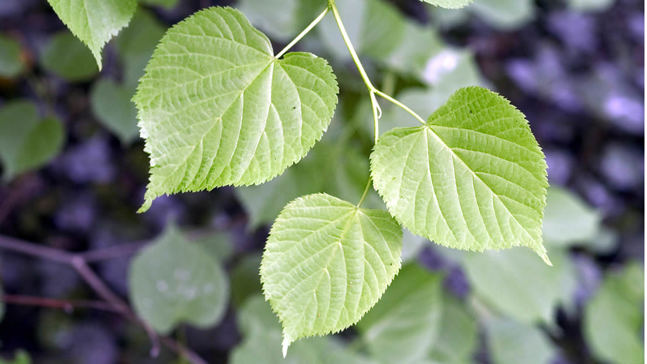
Credit: Philippe Clement / naturepl.com
Leaves are whole and are not divided right to the central leaf vein, such as apple or birch. The edges of some simple leaves can be indented or lobed, such as sycamore, field maple and hawthorn, so take care not to mistake these for compound leaves. Lime leaves are a simple and heart-shaped leaf with a pointed tip.
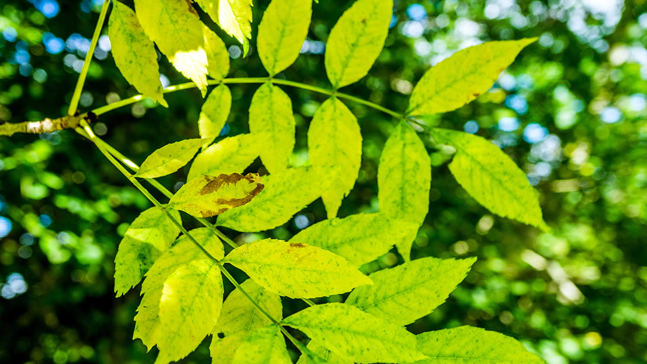
Credit: WTML / Ben Lee
Compound leaves fall into one of two categories - pinnate and palmate.
Pinnate are feather-shaped where leaflets are attached in pairs along the central vein such as rowan, ash and elder.
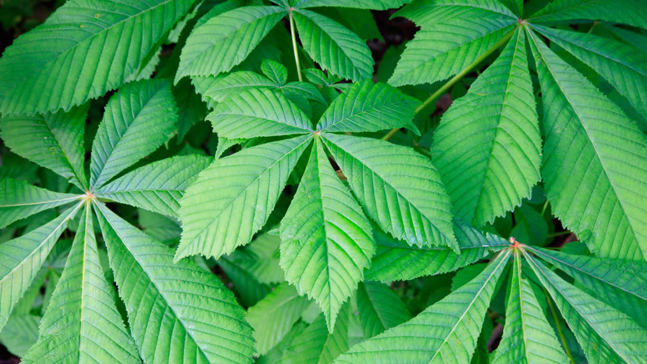
Credit: Christine Whitehead / Alamy Stock Photo
These are palm-shaped, like the outstretched fingers of a hand. Horse chestnut has palmately compound leaves. Be careful not to mistake Acer species such as sycamore and field maple as having palmately compound leaves - they are actually simple with a lobed margin.
Take notice of the colour, texture and edges of leaves (do they have serrations?).
In autumn, some species have leaves that turn spectacular autumn colours. Guelder rose and field maple often turn a vivid orange or red.
If the foliage on the tree is needles or scales then you are probably looking at a conifer. These include trees in the pine, fir, cypress, larch and spruce families.
Most conifer trees have needles or scales present all year that can be used for identification. One of the few exceptions is European larch which loses its needles in winter.
Conifers can be separated into two broad groups.
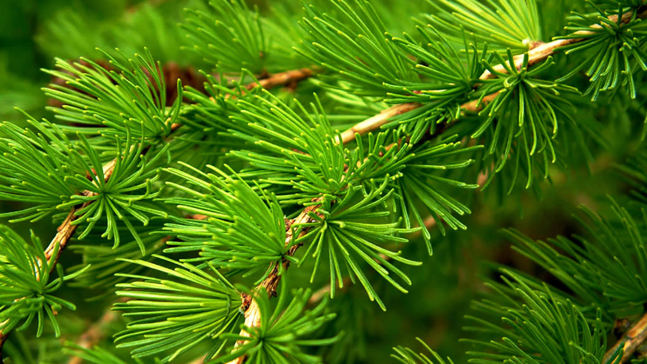
Credit: WTML / Margaret Barton
Pines, spruces, firs, cedars and larches have needles. They can be different shapes, sizes and be arranged differently on twigs. Flattened needles could mean a yew or whorls of three needles juniper.
Larch needles are arranged in clusters.
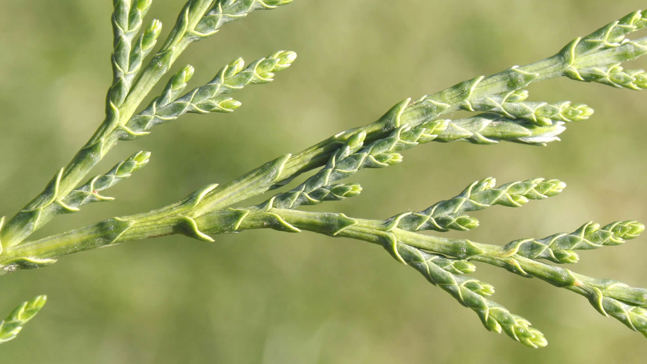
Credit: FLPA / Alamy Stock Photo
Species of the cypress family have scales. These are flattened and shield-shaped that overlap on the twig.
Leaves and needles are often the most useful clues for identifying trees. Look closely at the type, shape, edges and arrangement of them.
Many trees only bloom at a particular time during the year but if you can see flowers, usually in the spring, it can be another helpful to help with tree identification.
Broadleaf trees have flowers that contain the reproductive organs, and most conifers have cones for reproduction. Here are some basic types.
What time of year is the tree flowering? Blackthorn blooms in late winter, before the leaves have come out. But hawthorn flowers much later on in May, once its leaves are out.
At the right time of year fruits and seeds are a great character to help with identification. They vary in shape, appearance and size from hard nuts to soft berries.
Look at the colour and feel the texture of the outer surface of the fruit. Is it smooth, hairy, prickly, rough or papery, soft, hard or dry?
Consider opening fruits up to reveal the seeds inside, which can also be a useful identifying feature. Take note of whether fruits or seeds appear singly, such as crab apples, or in groups like the umbrella-like clusters of elderberries.
The fruit types of broadleaf trees vary greatly and include samaras, nuts, catkins, berries, stone fruits, apples or pears, capsules and cones.
Conifers have a fruit that is known as a cone which contains the seeds.
Out of season you can look around the base of the tree to find old fruits or seeds that may help. But bear in mind they may have come from a neighbouring tree.
In winter you’ll find that there aren’t many features to help with identification of deciduous trees, but leaf buds and twigs can reveal some distinctive clues.
Buds are usually on twigs throughout winter. When they are at the end of the twig they are called terminal buds and are often the largest buds. Those growing along the twig are lateral buds and these can have one of three main arrangements.
Look at the texture of the twigs and whether they are smooth or hairy. Spines could indicate you’re looking at hawthorn or blackthorn and if it has corky ribs you may be looking at alder.
Use the features of twigs and buds in combination to help you identify the tree. For more tips on identifying winter trees see our blog how to identify trees in winter.

Explore our simple A-Z identification guide to the trees of Britain, from natives to naturalised and widely planted non-native species. You'll find images, tree descriptions and information on where you're likely to find them.
See the list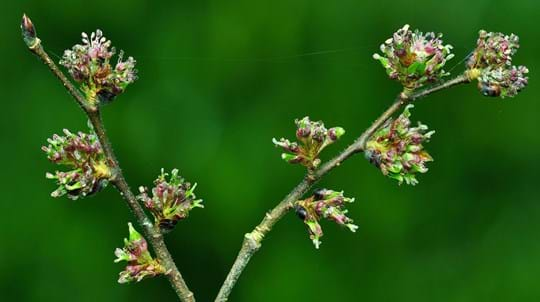
Trees woods and wildlife
Our A-Z guide to British trees from native species to naturalised and widely planted non-natives.
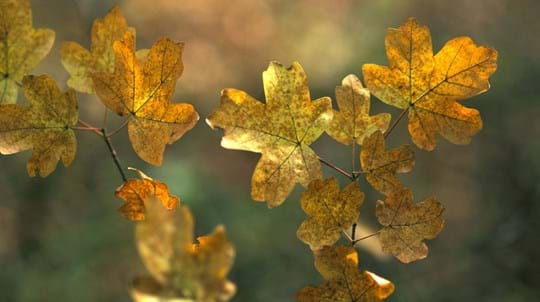
Blog
Helen Keating • 21 Sep 2020
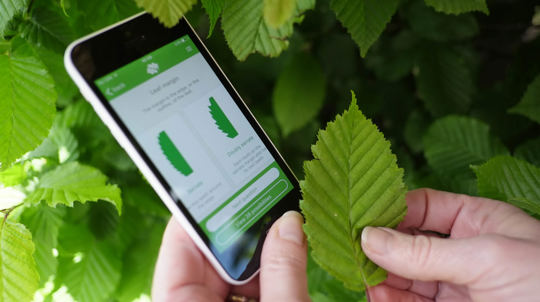
Trees woods and wildlife
Our free Tree ID app for Android and iPhone helps you identify the UK's native and non-native trees. It's an A-Z tree guide in your pocket.
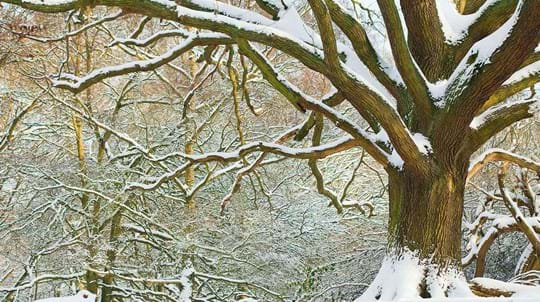
Blog
Helen Keating • 17 Dec 2020
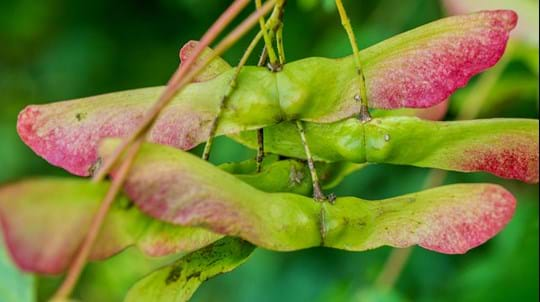
Blog
Helen Keating • 13 Jul 2020